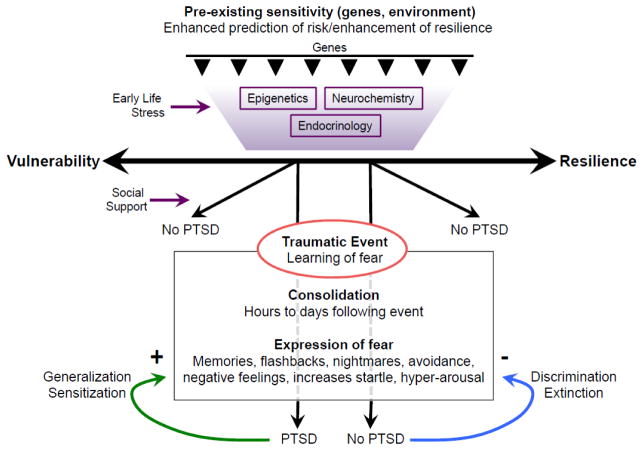Figure 1. Schematic of the development of gene by environment (G x E) interactions, and the development of post-traumatic stress disorder (PTSD).
Genetic heritability along with early life stress and childhood trauma comprise much of the risk for depression and anxiety related disorders such as PTSD. Following the traumatic event, the learned fear memory is consolidated to a more permanent state. The expression of the fear memory may manifest as the above described symptoms. Individuals that develop PTSD fail to discriminate and extinguish fear memories, and instead exhibit sensitization and generalization of the fear response. Enhancing the extinction and discrimination of learned fear memories are key behavioral responses that are targeted in the treatment of PTSD via psychotherapeutic approaches such as exposure based psychotherapy and pharmacological assisted psychotherapy.

